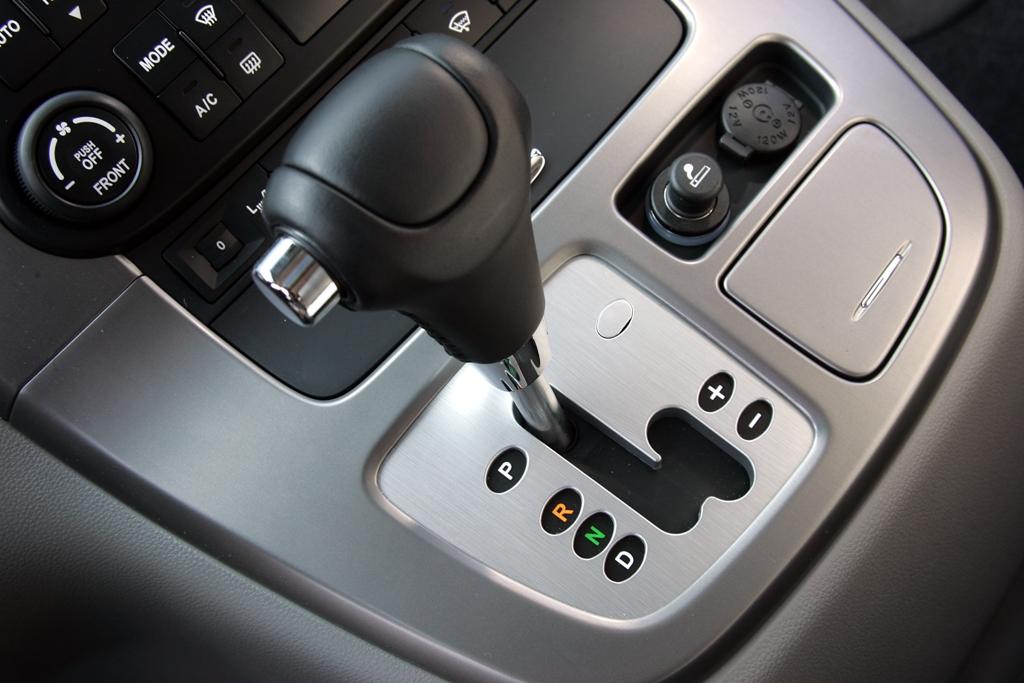The autonomous stage of skill acquisition is when the athlete no longer thinks at all about the skill. In this stage the movement comes naturally and the athlete can focus on other aspects of the competition, such as who to pass the ball to, how to beat the defensive player, or where to hit the forehand.
The autonomous athlete knows what the movement feels like and can provide their own feedback, though external feedback on skill execution may be beneficial. Coaching an autonomous athlete usually focuses on the execution of the skill under pressure and with various cognitive processes being completed at the same time. This is usually done through small-sided games or competition simulations, such as sparing.
The autonomous stage of skill acquisition is the mastery stage and athletes who reaches this stage exhibit characteristics of skilled performers. These characteristics include: kinaesthetic sense, good anticipation, consistency of performance, and sound technique. Such athlete’s can correct their own movements midway through the movement to adjust to oppositional movements or environmental interference. They consistently perform the skill well with minor errors occurring rarely.
This final stage of skill acquisition is not reached by all athletes. Many remain in the associative stage throughout their sport playing life. Athlete’s who become elite, have usually reached the autonomous stage of skill acquisition.

